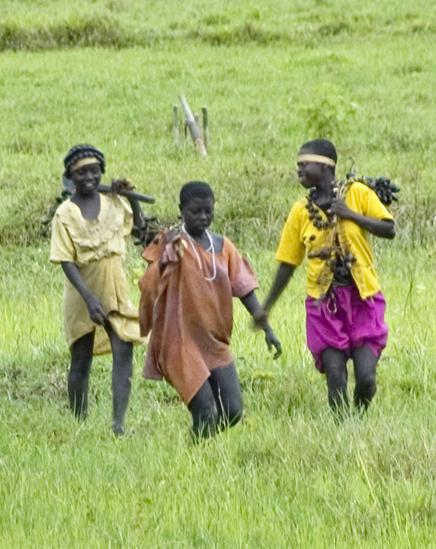Jarawa Tribe

- 16 Jul 2025
In News:
The 16th Census of India, scheduled for 2026–27, will include a special effort to enumerate the six main indigenous tribes of the Andaman and Nicobar Islands, including the Jarawa, one of the world’s oldest surviving tribal groups.
About the Jarawa Tribe:
- Status: Recognized as a Particularly Vulnerable Tribal Group (PVTG).
- Location: Reside in Middle and South Andaman Islands, primarily in dense tropical forests and coastal zones.
- Lifestyle:
- Nomadic hunter-gatherers living in small groups of 40–50.
- Depend on forest produce, marine fishing, and traditional medicine.
- Exhibit robust health, with low incidence of lifestyle diseases.
- Cultural Characteristics:
- Minimal attire suited to the climate.
- Known for strong territorial identity and historical resistance to outsiders.
- Maintain a natural diet and traditional healing practices.
Population Trends:
- 1998 Estimate: ~260 individuals (based on limited contact).
- 2011 Census: 380 individuals (out of 28,530 STs in A&N Islands).
- 2025 Official Estimate: 647 individuals.
- Increase attributed to improved healthcare, trust-building, and non-intrusive welfare policies.
Government Interventions & Welfare Initiatives:
- Healthcare: Preventive medical support (measles, hepatitis, malaria) provided without interfering in traditional practices.
- Welfare Access: Increased interaction since 1998 has enabled better outreach, aiding accurate population tracking.
- PM-JANMAN Scheme: Under the Pradhan Mantri Janjati Adivasi Nyaya Maha Abhiyan, 191 PVTG individuals have been identified in the islands for targeted welfare.
Challenges & Ethical Considerations:
- Andaman Trunk Road (ATR): Provides physical access but raises concerns of cultural intrusion.
- Expert Opinion: Minimum intervention is essential for preserving the Jarawa way of life. Trust and respect for autonomy remain key.
16th Census of India: Timeline & Relevance:
- Reference Dates:
- October 1, 2026: Snow-bound areas (e.g., Ladakh, A&N Islands).
- March 1, 2027: Rest of India.
- Special Feature: Will include caste enumeration, the first since 1931.
- Jarawa Inclusion: Officials expect smooth access to PVTGs like the Jarawas due to longstanding trust and contact.
